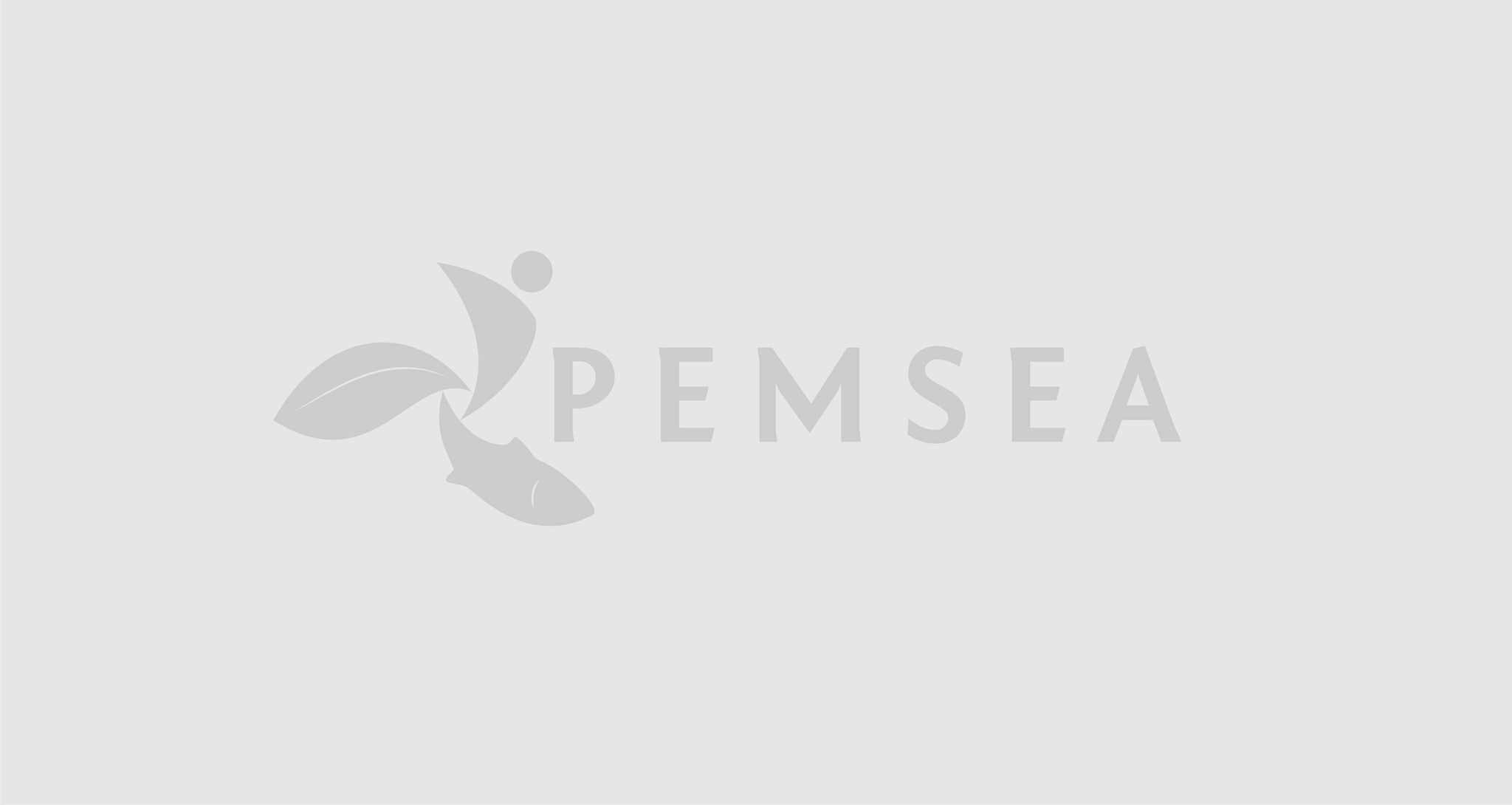New Code Safeguards Safety, Health and Environmental Management at Ports
Monday, 6 October 2008

Quezon City, Philippines — Port authorities and operators face a number of challenges with respect to their role and impact in ICM programs and sustainable development of coastal areas - from the safest way to rig gangway nets, to the handling of hazardous substances and management of machinery and noise. The Port Safety, Health and Environmental Management System (PSHEMS) Code gives port authorities a defined structure within which to manage safety and the environment, and proof that they are doing it correctly. To support the Code, the PSHEM Recognition System has been set up for monitoring a port's capacities in safety and environmental management, using a structured tri-level approach to encourage the Port Authority and/or Port Operator to strive for excellence through continuous improvement.The PSHEM Code is a voluntary standard against which to measure the performance of a port's operations with regard to quality, safety and health and the protection of the environment. It is based on the "Framework for Sustainable Development of Coastal Areas Through ICM Implementation" and incorporates the key elements of recognized international standards, namely ISO 9001 (Quality Management), ISO 14001 (Environmental Management), and OHSAS 18001 (Occupational Health and Safety).The PSHEM Code defines the requirements for the port authority on port governance. It also delineates processes/systems that are commonly managed by the Port Authority and identifies relevant controls (governance mechanisms) for port activities.To achieve the objectives of the PSHEM Code, port authorities or operators should establish, implement and maintain a Port Safety, Health and Environmental Management System (PSHEMS) following the PSHEMS framework and the "continual improvement cycle". The PSHEMS also ensures compliance with mandatory national rules, regulations and standards, as well as any applicable international conventions, codes, guidelines, recommendations and standards.The PSHEMS Development, Implementation and Continual Improvement Process involves the following phases: Phase 1: Initial Status Review; Phase 2: Strategic Planning; Phase 3: System Development & Documentation; Phase 4: Implementation & Monitoring; Phase 5: PSHEMS Auditing; Phase 6: Continual Improvement;The PSHEMS Recognition System is then put in place to validate that the PSHEMS of the port meets the requirements of the Code and to confirm the effective implementation of the system. The recognition process goes beyond the typical certification trend using the concept of "compliance" to international standard, since the assessment criteria involves the evaluation of the degree of performance/impact achieved through the implementation of the PSHEMS. The three levels of recognition are:Level 1 – Recognition for Compliance of PSHEMS: The integrated management system for PSHEMS is developed and implemented, compliant with the requirement of the PSHEM Code and consistent with the requirements of ISO 14001, OHSAS 18001 and ISO 9001.Level 2 – Recognition for the Proficiency in PSHEMS: Significant progress in building sound processes is achieved and superior results are demonstrated.Level 3 – Recognition for Performance Excellence in PSHEMS: A high level of Excellence in PSHEMS performance is achieved.The PEMSEA Resource Facility is currently working with the Laem Chabang Port – Thailand and its port operators for the development of its PSHEMS. Training programs will be conducted on site starting October 2008 to guide the development and implementation of PSHEMS.For more information on the PSHEM Code and PSHEMS, email info@pemsea.org or download the PSHEMS brochure.



